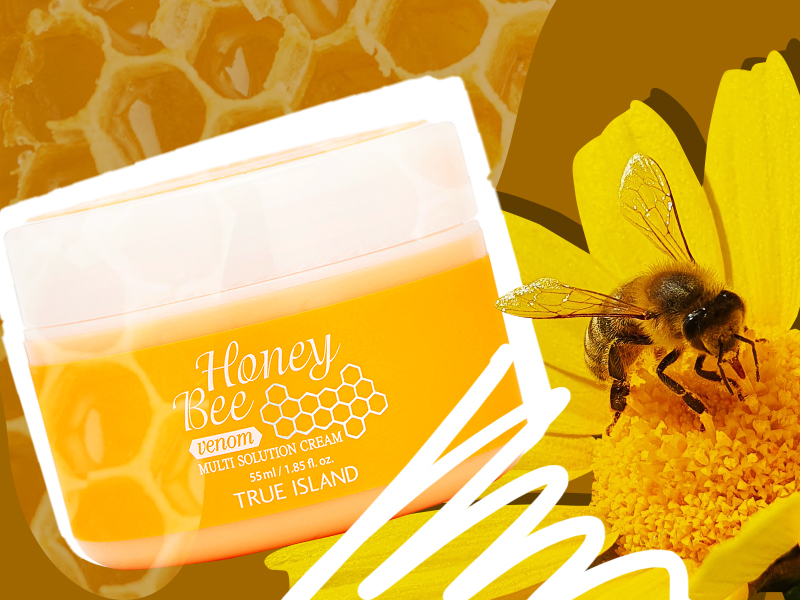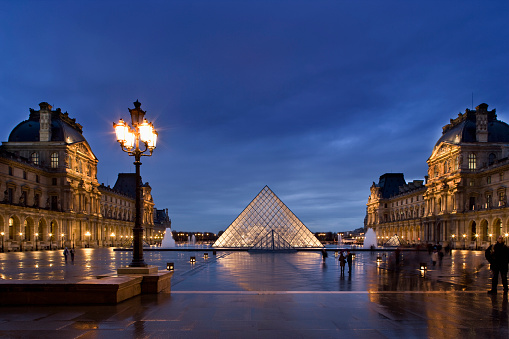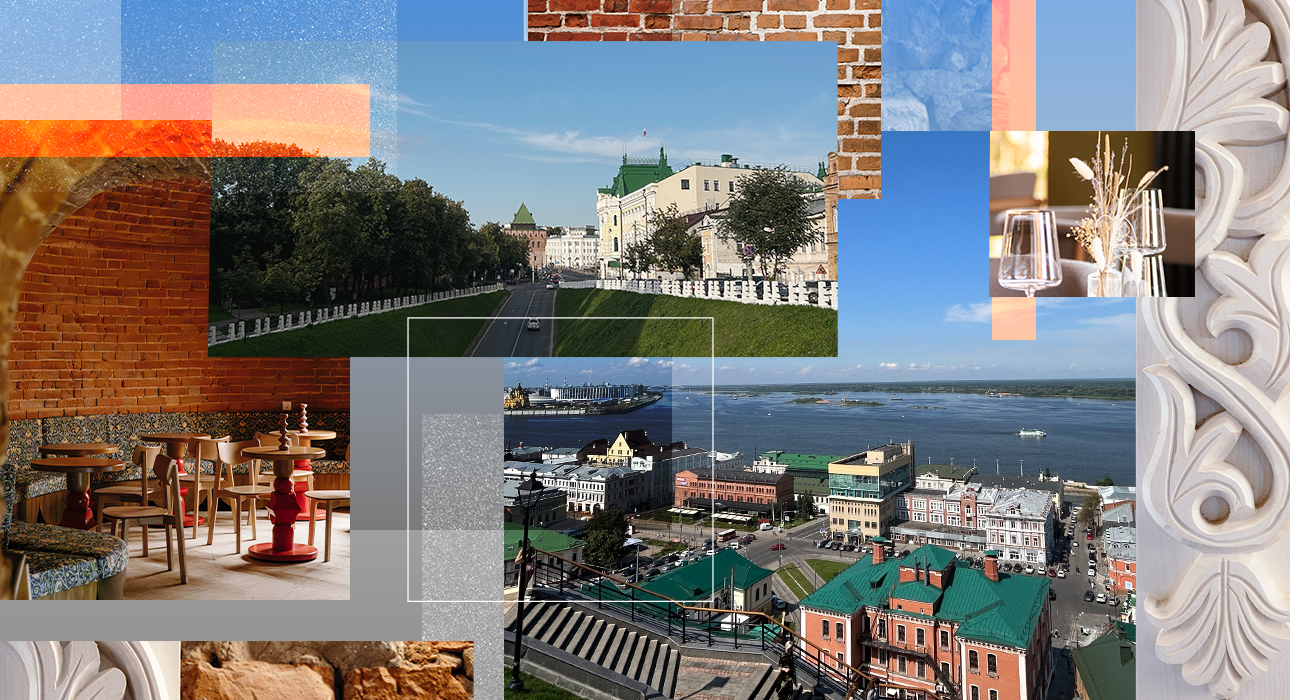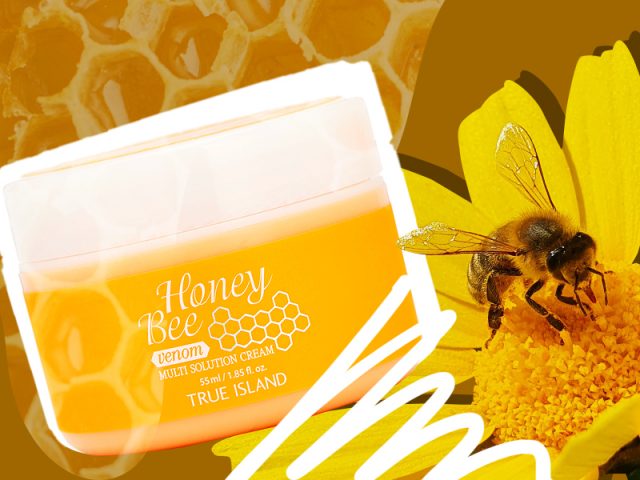
The local K-beauty trend gained worldwide recognition after Kate Middleton and Gwyneth Paltrow talked about the miraculous properties of bee venom cosmetics. The ingredient was called “natural botox” and began to be added to creams, serums and face masks. Let’s continue the series of publications on “toxic cosmetics”, the first of which is the Syn Ake peptide, and now it’s time for bee venom.
The idea of using bee products for rejuvenation is not new. Apitherapy (i.e. the use of bee venom for medicinal purposes) has existed since ancient Egypt. Its most radical application is the bee sting, after which the body produces an antidote and initiates immune and metabolic processes. In this way, regeneration and the desired rejuvenation take place. Not surprisingly, this practice is not accepted in official medicine – not only because of side effects in the form of pain and itching from stings, but also because of the difficulty in dosing the venom. If apitherapy is an unscientific and often radical practice, you should not be afraid of cosmetics with this component.
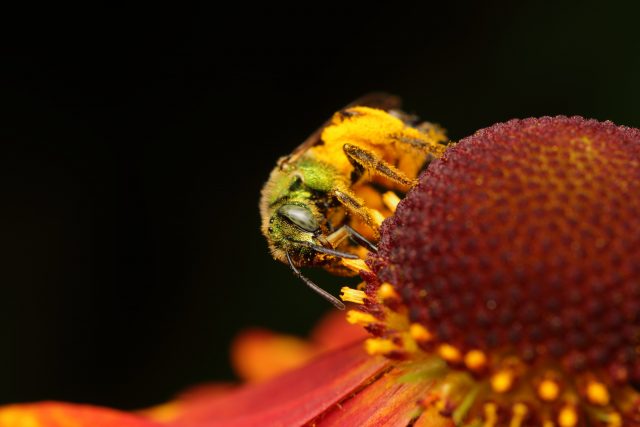
Bee venom, which we see in skin care products, is added at a safe concentration (about 0.1%). And its action is based on deception – the poison in the cream imitates a bee sting. The body’s natural response at this moment does not take long – blood circulation is increased and the production of collagen and elastin is stimulated. As a result, the skin becomes more elastic, tightened, and small wrinkles are temporarily smoothed out.
On its own, bee venom consists of a potent combination of enzymes, peptides, and amino acids. Its main protein, Melittin, has anti-inflammatory and antibacterial effects.

The bad news for those allergic to bee stings is that you should always consult a doctor before applying cosmetics. There are still no clinical studies on how bee venom products affect the body of people with allergies.
The cost of bee venom can often be even more expensive than gold, as the environmentally friendly collection process requires significant resources and technology. This explains the cost of cosmetics. There are several brands now betting on bee venom. Non-Asians include the luxury Rodial (still available for purchase in Russia), Nip + Fab, Manuka Doctor and Beenigma. Among those who use bee venom as the main and indispensable ingredient, there is the South Korean True Island brand with its Honey Bee series.
Source: People Talk
Elizabeth Cabrera is an author and journalist who writes for The Fashion Vibes. With a talent for staying up-to-date on the latest news and trends, Elizabeth is dedicated to delivering informative and engaging articles that keep readers informed on the latest developments.

